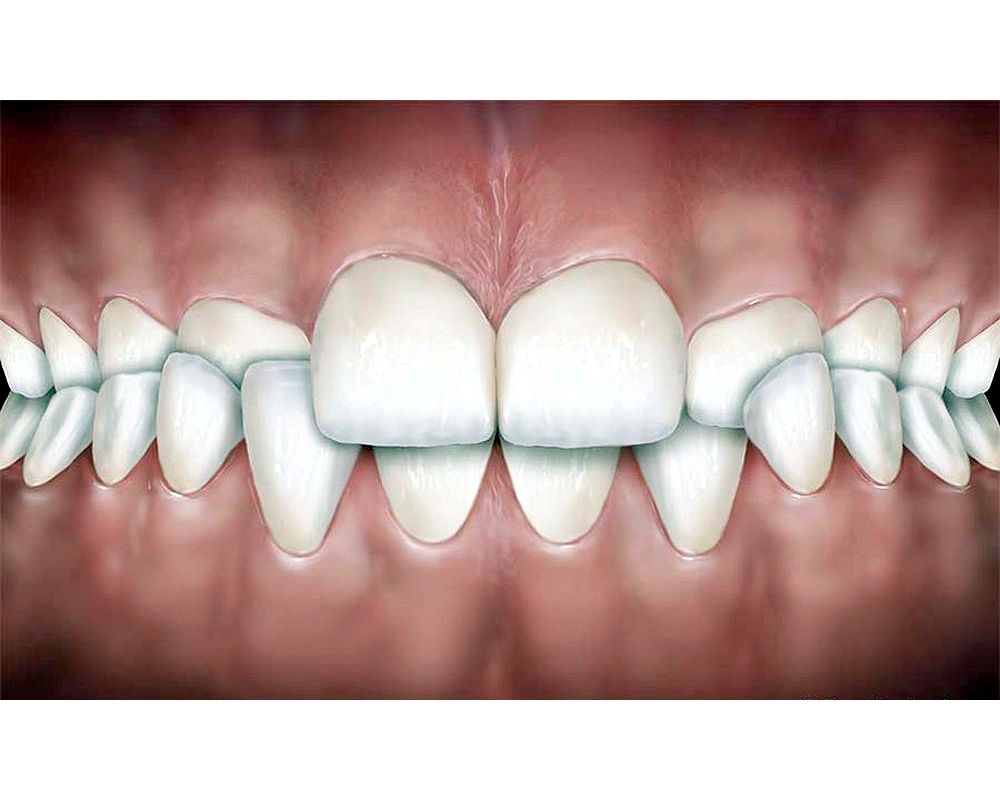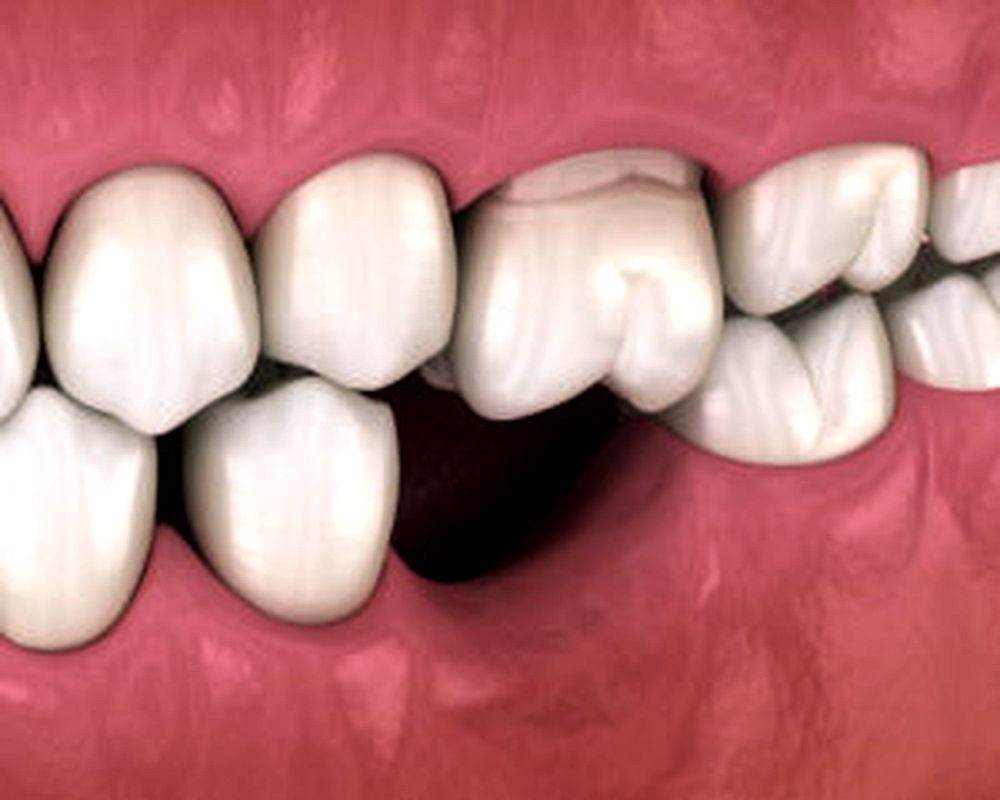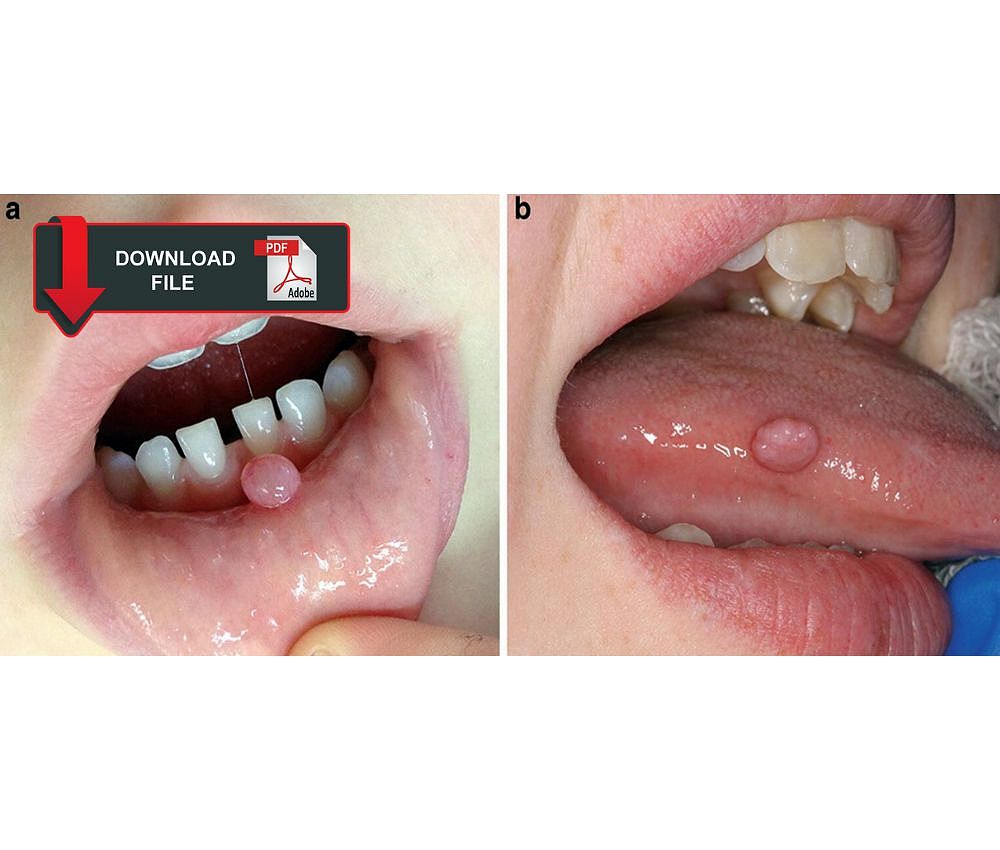Have you noticed your children regularly breathe through her mouth during sleep, or even during the day? We usually do not pay heed to this habit and mouth breathing in children is usually ignored. Mouth breathing has been a concern among health care professionals because it can affect the long-term development of the face.
Children normally breathe through their mouth when they have a cold but chronic and regular mouth breathing leads to abnormal facial growth and dental development. It also leads to poor sleep due to obstructed upper airways, and this sleep can adversely affect their growth and academic performance.
Advertisement
What causes mouth breathing?
• Allergic Rhinitis: Caused by allergies with dust mites, animal dander, grasses and pollens.
• Intra nasal defects, a common example is a Deviated Nasal Septum where it is difficult to breathe through the nose.
• Enlarged tonsils or adenoids: Repeated infection leads to overgrowth of lymphatic tissue in the adenoids obstructing the airway space and making mouth breathing necessary.
• Habitual: In some children, mouth breathing becomes a habit which needs to be interrupted.
What are the things that should be looked out for in children by the parents?
• Does the child sleep with his mouth open?
• Does the child keep his mouth open when distracted?
• Does the child snore?
• Does the child drool on the pillow?
• Is the child always sleepy during the day?
• Does the child get tired easily?
• Does the child often have a stuffy nose and/or runny nose?
• Does the child have difficulty concentrating?
If your answer to the above questions is a yes, your child could be a mouth breather and requires a visit to a pediatric dentist.
What are the signs of mouth breathing the doctor will look out for?
• Dry lips
• Open mouth with lack of lip seal
• Dry mouth with inflamed gums and increased risk of decay
• Increasingly long and narrow face
• Narrow high vaulted palate
• Retrognathic mandible and maxilla
• Crowded teeth or lack of spacing between baby teeth
• Enlarged tonsils
• Dark circles under the eyes
• Forward head posture
What Can Be Done to Treat Mouth Breathing?
Mouth breathing may seem like an easy habit to change but unfortunately, it is not. All the muscles of the face and mouth have been programmed and trained to help the child breathe in an abnormal manner.
Therefore, in order to stop mouth breathing, the muscles must be re-trained to breathe in a normal manner that may require professional assistance.
The dental surgeon or pediatric dentist will:
• Assess the child for mouth breathing symptoms
• Screen for enlarged tonsils, deviated nasal septum or any underlying cause
• Intercept the habit and redirect normal facial growth and dental development through myofunctional therapy or exercises.
Mouth breathing if not corrected can lead to problems with general health, speech, dental health, under developed jaws, etc. But early intervention (as early as the age of 5) intercepts the habit and avoids its harmful impact. Give your child the gift of a healthy life by helping them to breathe normally all of the time.
Souce: newdelhitimes.com
Author: Dr. Anveeta Agarwal. Consultant Oral Pathologist, Associate Dental Surgeon Specialist at Dantah
You may also like :
►
Why is it recommended to extract a tooth to children?
►
How does hypertension affect oral health?
►
How to identify the early signs of oral cancer
























